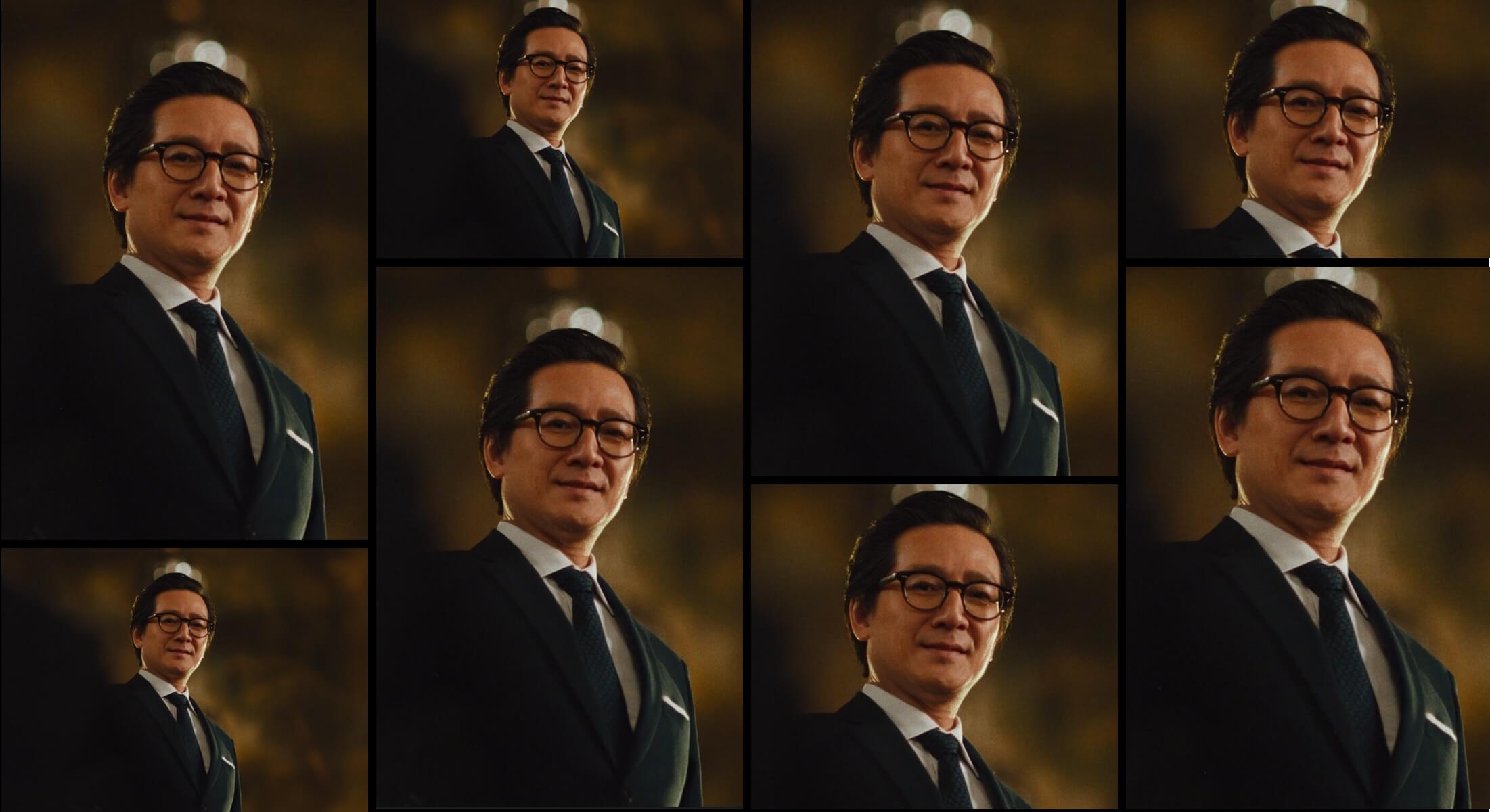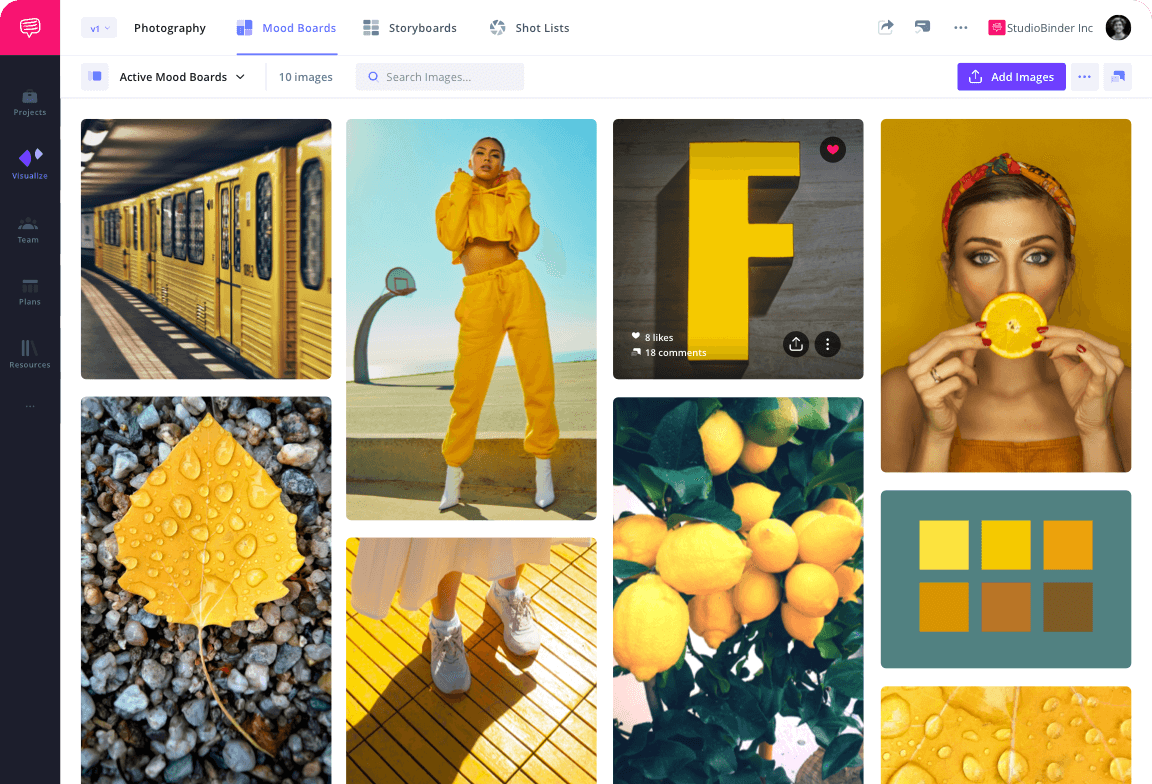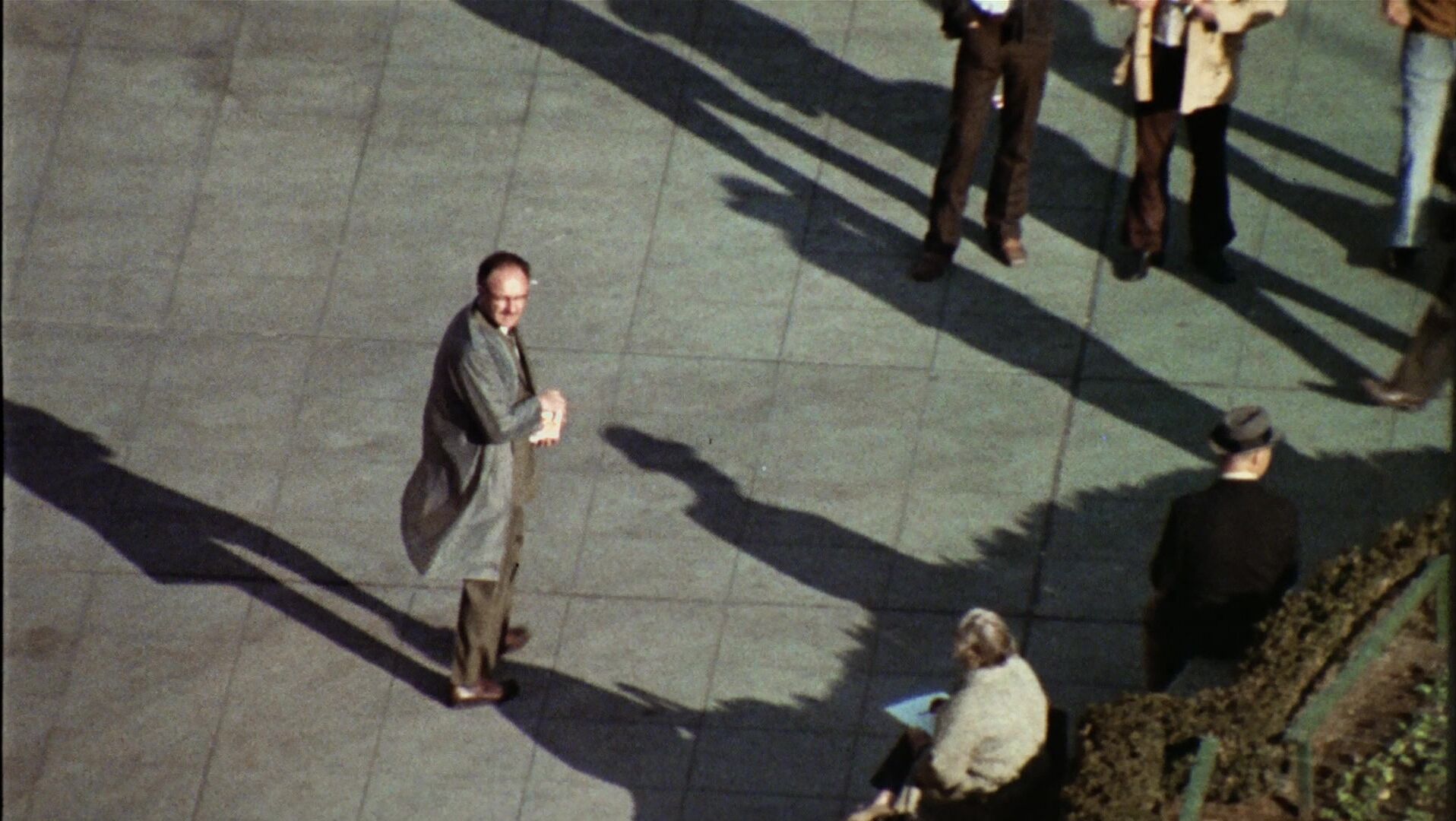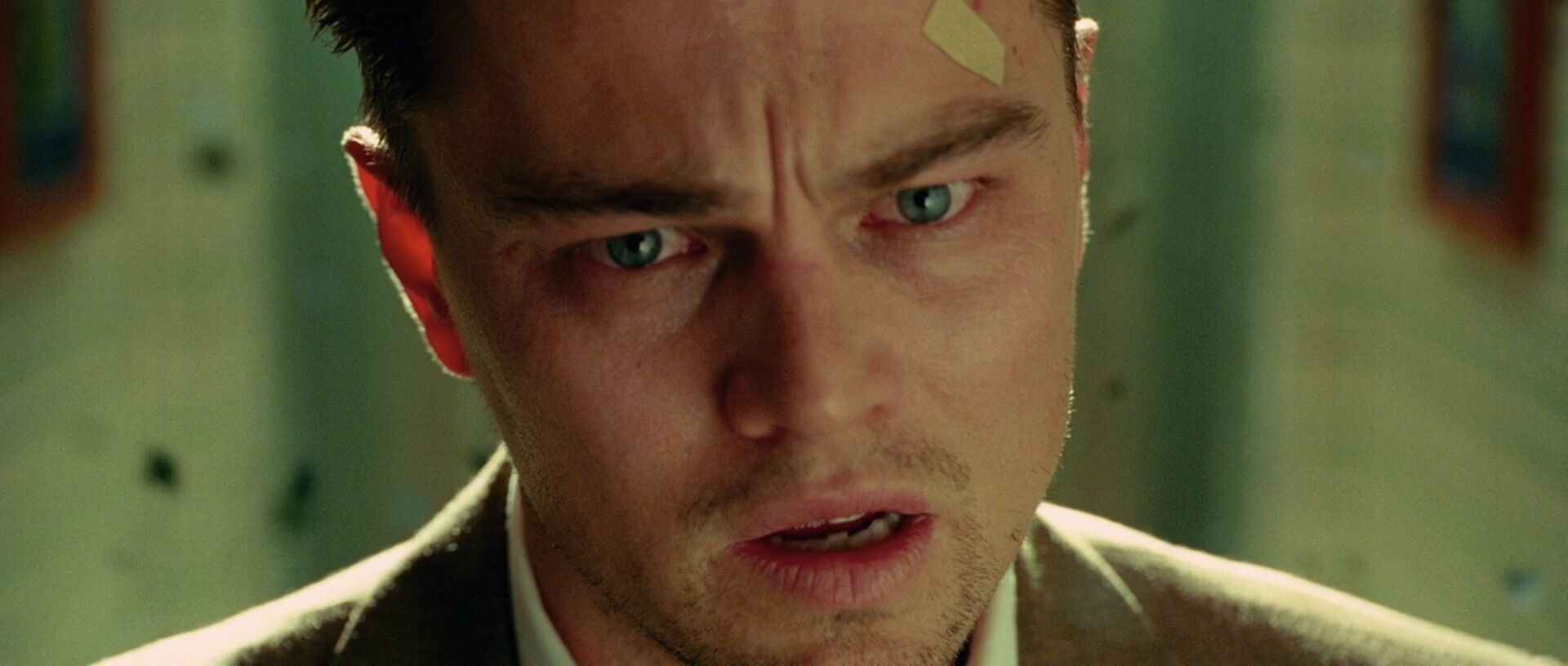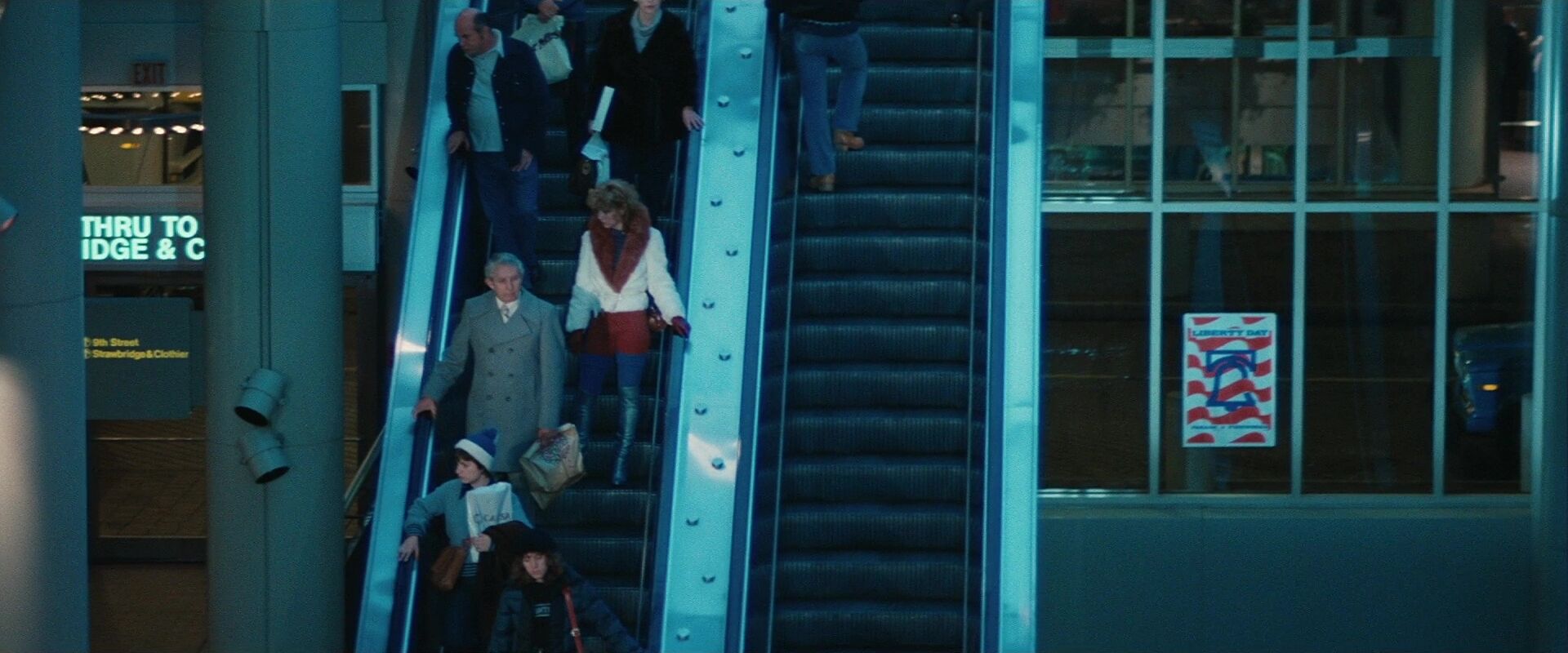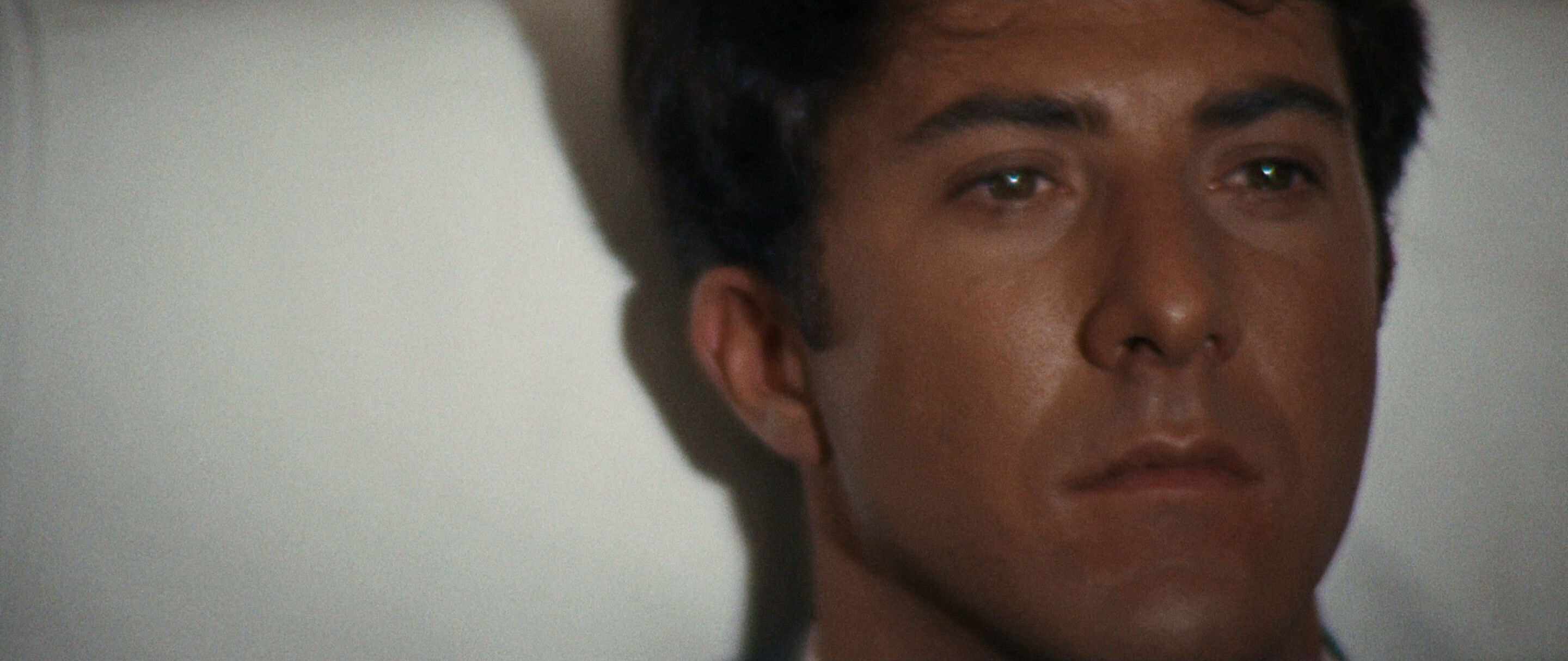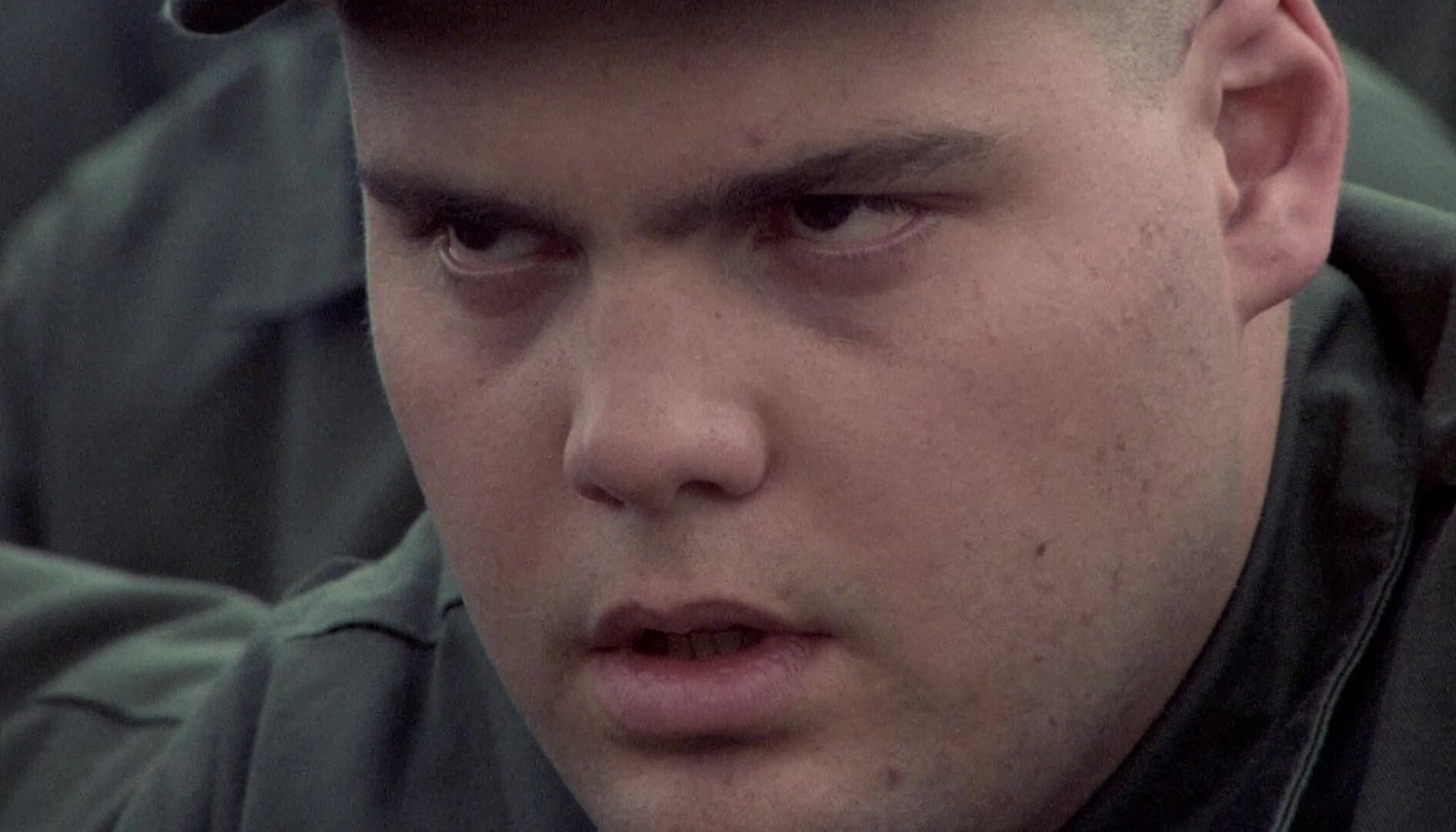home → Camera Movements → Zoom Shot
ZOOM SHOT DEFINITION
What is a Zoom Shot?
A zoom shot creates the illusion of moving closer or further away from a subject. This is achieved, not by physically moving the camera, but by adjusting the focal length of the camera’s lens. A ‘zoom in’ moves in on a subject, while a ‘zoom out’ moves away, creating distance from a subject.
To explore this technique further, check out our full guide to the zoom shot, which breaks down even more of its assorted functions.
Meanings & Purpose
Zoom Shot Examples
The zoom shot can be applied to provoke virtually any emotion from an audience during a scene. It essentially all comes down to how fast or slow the zoom shot is being implemented, or even how it’s being used in conjunction with other film techniques. But before we get ahead of ourselves, let’s first dip our toes into zoom shots with the below curated selection.
Focuses attention
Pronounces detail
Creates isolation
Heightens emotion
Usages
What does a zoom shot do?
A zoom in shot will make a subject larger and far more pronounced as it moves closer, while a zoom out shot will make a subject appear smaller and often less significant. With these standard functions in mind, let’s see what both the zoom in shot and the zoom out shot can highlight in a story and provoke within an audience by examining the below scenarios.
Comedy
A slow zoom in on a character can stress intensity and importance. But if the character being zoomed in on clearly lacks importance, or even intelligence, the shot becomes ironic, and thus comedic.
Theme
If voyeurism is a theme of the film, a meticulous zoom in during a long take can create the sense of someone watching and obsessing from behind the camera.
Realization
If a character begins realizing they are a pawn in a much larger game, a long zoom out can match their epiphany with a sense of isolation and detachment.
Thought Process
As a character is giving a long speech and coming to a profound realization, a slow zoom in can help track and pace their shifting emotions.
Qualities
Zoom Shot vs Tracking Shot
The zoom shot and the tracking shot are often confused for one another, so let’s highlight the qualities that separate them.
Zoom shots are known for keeping the camera stationary, while only the lens is adjusted to create the appearance of movement. Tracking shots, on the other hand, are known for physically moving the camera to follow a subject’s action.
For example, if a character is walking, a tracking shot has the camera move alongside the character through the environment while also keeping focused on that character. The zoom shot might also track a character walking through an environment, but it must keep fixed in one position while moving the lens in or out to be considered a zoom shot.

Case Study
Shot listing a zoom shot
For an inside look at how and why a professional filmmaker might use zoom shots to their storytelling advantage, let’s break down a specific example. In Furiosa, director George Miller implements three back-to-back zoom-in shots during a character defining moment.
Browse the below shot list for a closer look at the scene in its entirety, and ask yourself what these hyper-stylized zoom-ins do for this crucial moment in the story.
As you now know, zoom shots are a helpful creative tool when it comes to communicating specific feelings that can’t quite be captured through words.
But the zoom shot isn’t always used in isolation. In fact, it’s very commonly fused together with other popular filmmaking techniques for optimal effectiveness within a scene.
Creative Combos
What occurs when zoom shots pair with other camera techniques?
How to combine a zoom shot
There’s no shortage of camera techniques available for filmmakers to take advantage of. But when it comes to creating the most visually innovative, or just plain interesting shots, combining several techniques at once can be a rewarding approach. So, let’s explore a handful of intriguing pairings we can create with the zooming shot.
- Dutch Angle: A sense of displacement can result from a Dutch angle that suddenly zooms in or out.
- Close Up: A close up shot on a character while also zooming in can result in immense visual amplification.
- Pan Shot: As the camera pans with a moving subject, the subject’s importance can be heightened with a combined zoom in on the subject.
- Dolly Shot: This combo is known as a dolly zoom. With a zooming shot in and a dolly shot out (or vice versa), a sense of hallucinatory unease is created.
- Low Angle: A low angle zoom in can heighten a character’s power, while also letting the audience in on their most nuanced emotions.
- Crane Shot: For a dramatic reveal of a vast location, the crane can ascend the camera while the lens zooms out to emphasize its grand scale.
Frequently asked questions about the zoom shot
Zoom shots can be used for a multitude of reasons. But in general, use a zoom in to narrow attention in on your subject and reveal context. Use a zoom out to reveal a larger scope and make the subject appear smaller.
A zoom shot is created when the camera is stationary and the lenses are maneuvered to create a sense of movement toward or away from a subject, despite the camera staying grounded in one spot.
Zoom lenses vary depending on length and model, but they generally contain multiple lenses within the casing. Some of these lenses stay fixed within the casing, while others slide forward or backward in relation to the direction they’re being adjusted.
This depends on a number of factors, but generally speaking, parfocal lenses are considered most ideal for filmmaking. Parfocal lenses keep a steady focus while zooming, and are known for maintaining sharpness while adjusting shot framing.
